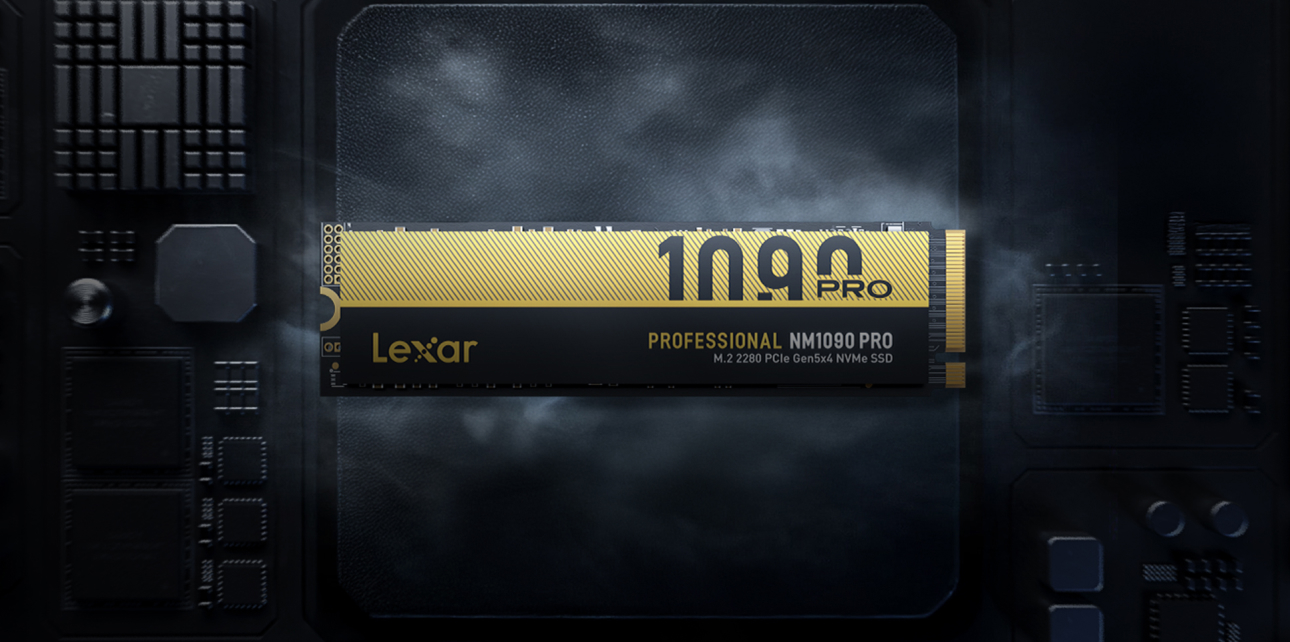
Your solid-state drive (SSD) plays a crucial role in your digital life—storing valuable files, running applications, and supporting your system’s speed and responsiveness. Ensuring your SSD remains in top condition is essential for preventing data loss and maintaining peak performance.
Whether you’re using a portable SSD for backups or a professional-grade SSD for high-performance workflows, checking its health regularly can help you catch issues early and take action before problems arise.
Here’s everything you need to know to monitor, maintain, and protect your SSD.
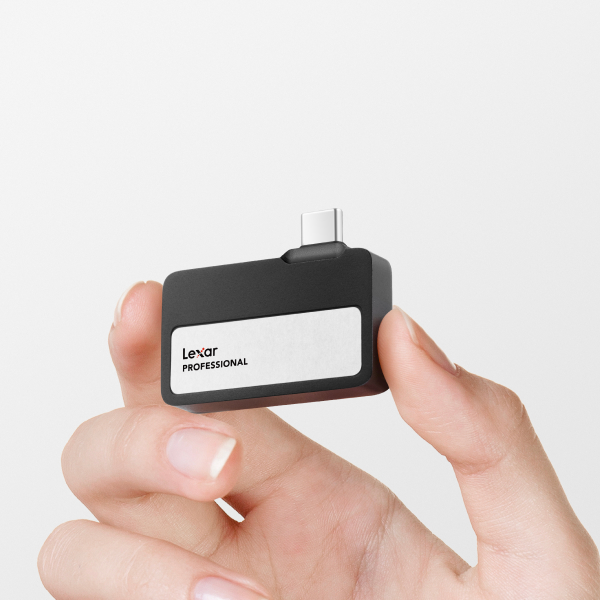
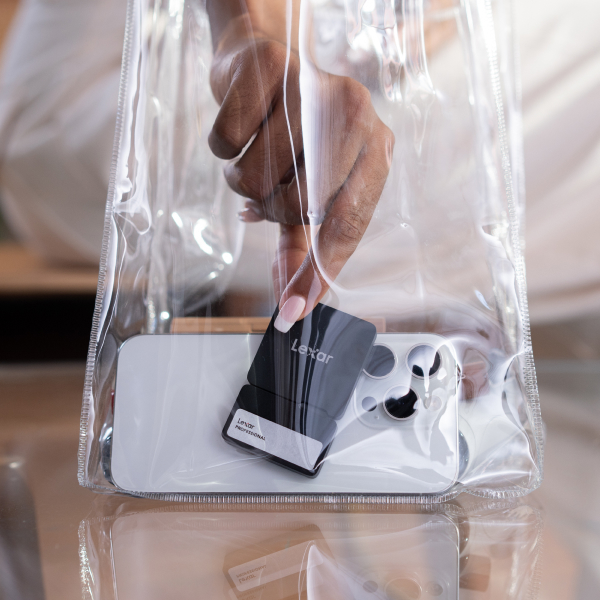
Why Checking SSD Health Is Important
Unlike traditional hard drives, SSDs have no moving parts and offer faster performance, lower power consumption, and better durability. However, they still have a finite lifespan—measured in write cycles—and can degrade over time.
By regularly checking your SSD’s health, you can:
- Prevent Data Loss: Catch early signs of failure and back up your files in time.
- Optimize Performance: Identify SSDs that are slowing down due to overuse or outdated firmware.
- Extend Lifespan: Apply best practices to prolong the life of your SSD.
Signs Your SSD May Be Failing
While SSDs are generally more reliable than HDDs, issues can still occur. Look out for these warning signs:
- Slow File Transfers
If data takes longer to move or copy, your SSD may be struggling to maintain write speeds. - Frequent System Freezes or Crashes
Random crashes, especially during file-heavy tasks, could signal a problem. - Corrupted Files
Finding files that won’t open or are unexpectedly altered may point to wear or data corruption. - Missing or Unrecognized Drives
If your system occasionally fails to detect your SSD, it’s time to check its health. - SMART Warnings
Many SSDs support Self-Monitoring, Analysis, and Reporting Technology (SMART), which flags health issues proactively.

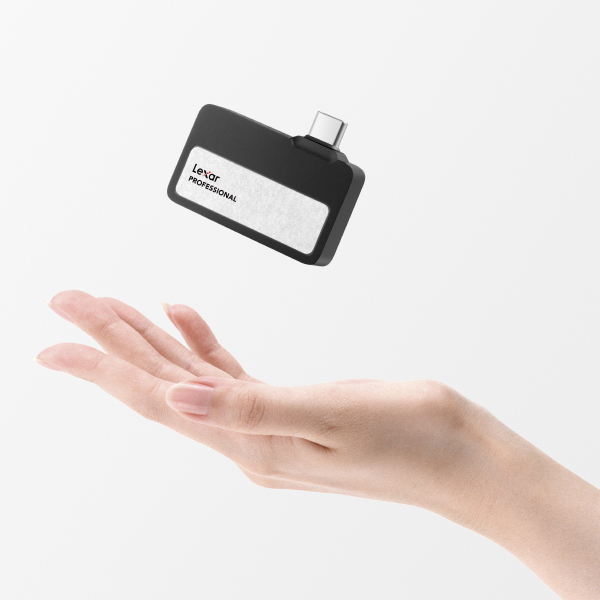
How to Check SSD Health: Step-by-Step
Here’s how to monitor the condition of your SSD using built-in OS tools, third-party software, and good physical inspection habits:
1. Use Built-In Diagnostics on Your OS
Windows
- Check SMART Status via Command Line
Open Command Prompt as administrator and type:
wmic diskdrive get status
A status of “OK” means no issues. Anything else may need attention. - View Drive Properties
Right-click on your SSD under “This PC” > Properties > Tools > “Check” under Error Checking.
macOS
- Disk Utility
Go to Applications > Utilities > Disk Utility. Select your SSD and click First Aid to scan for errors. - System Report
Click the Apple menu > About This Mac > System Report > Storage to check SSD type and status.
2. Utilize Lexar’s SSD Management Software
Lexar offers dedicated tools to monitor and maintain the health of your SSD:
- Lexar DataShield:
- Lexar DataShield is a secure, easy-to-use software solution that enables advanced data protection for your Lexar SSD. It allows users to create password-protected partitions, keeping sensitive files safe from unauthorized access while maintaining full functionality for everyday storage.
- Lexar DiskMaster:
- This comprehensive tool offers features including disk information, S.M.A.R.T monitoring, secure erase, and data transfer capabilities.
3. Perform a Physical and Environmental Check
Even though SSDs are more resistant to physical damage than HDDs, portable SSDs are still susceptible to certain issues:
- Check connectors and USB-C cables for wear or damage.
- Avoid exposing portable SSDs to high heat, moisture, or impacts.
- Use protective cases when traveling with a Lexar Portable SSD.

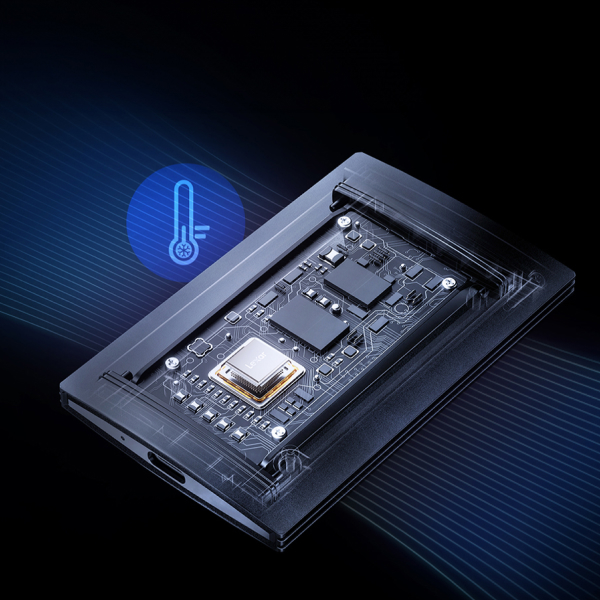
Best Practices for Maintaining SSD Health
Monitoring is just one part of the equation. Proper maintenance helps ensure your SSD performs well over time:
1. Regular Backups
Back up your files frequently to another drive or cloud solution. Lexar Portable SSDs are an excellent choice for high-speed, on-the-go backups.
2. Avoid Drive Overload
Keep at least 20% of your SSD capacity free to help the controller manage data efficiently and reduce write amplification.
3. Monitor Temperatures
Ensure proper airflow for internal SSDs, and keep portable SSDs away from direct sunlight or hot environments.
4. Enable TRIM
TRIM helps maintain SSD performance by clearing unused data blocks. Most modern OS versions support TRIM by default.
5. Update Firmware
Lexar occasionally releases firmware updates for its SSDs. Keeping firmware current improves performance and reliability.
Use Cases for SSD Health Monitoring
Monitoring your SSD is important in many scenarios, including:
- Creative Professionals
Protect large media files and editing projects stored on Lexar Portable SSDs or internal SSDs. - Businesses and IT Teams
Minimize downtime by proactively managing workstation and server storage. - Everyday Users
Preserve personal data like photos, videos, and documents by regularly checking SSD health.
When to Replace Your SSD
Even with proper care, SSDs have a limited lifespan. Knowing when to replace can save time and protect your data.
- Frequent SMART Alerts: Repeated warnings signal that wear levels are critical.
- Degraded Write Performance: If large files take noticeably longer to save, your SSD may be wearing out.
- High Write Cycle Count: Monitoring tools can tell you how close your drive is to its write endurance limit.
Upgrade to a high-performance Lexar Professional SSD for faster speeds, improved durability, and modern storage capabilities.


Common Causes of SSD Issues
Understanding what can damage your SSD helps prevent avoidable problems:
1. Excessive Write Loads
SSDs wear down over time due to repeated write cycles. Limit unnecessary write-heavy operations and keep drives balanced.
2. Power Loss or Surges
Unexpected shutdowns or surges can damage an SSD. Use surge protectors or a UPS for added protection.
3. Heat Exposure
High temperatures degrade SSDs over time. Maintain good airflow for internal SSDs and protect portable SSDs from extreme environments.
4. Malware and Ransomware
Viruses can corrupt or delete data. Always use antivirus protection and avoid suspicious downloads or links.
SMART Technology: What it Tells You About Your SSD
SMART is a valuable tool that helps you understand your SSD’s current health:
- Predictive Warnings: Monitors key metrics like reallocated sectors, temperature, and power cycles.
- Health Status Ratings: Shows drive health as “Good,” “Caution,” or “Bad” to guide next steps.
- Performance Trends: Some tools track SSD wear level, total writes, and estimated lifespan.
By reviewing SMART data regularly, you can act before failure occurs.
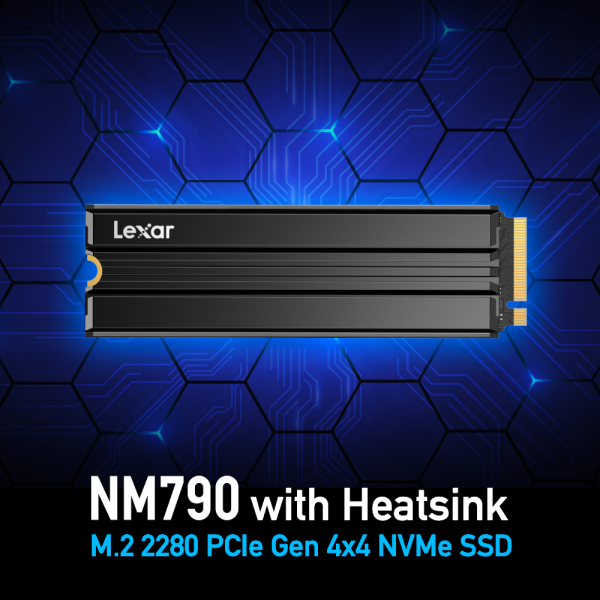
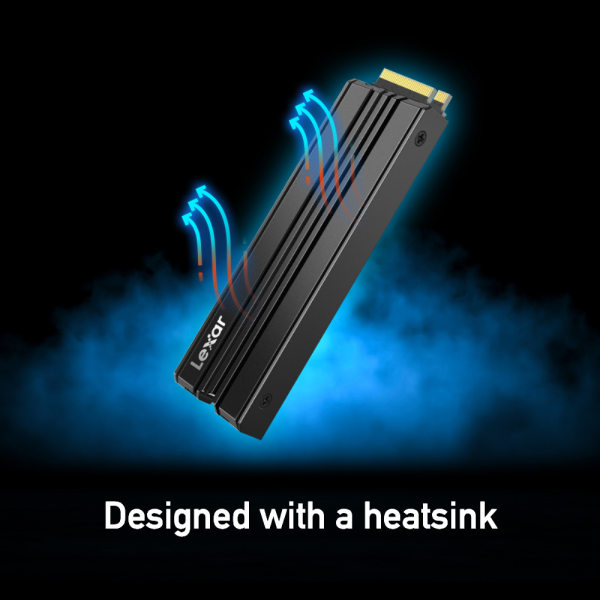
How SSD Maintenance Differs from HDDs
While HDDs rely on mechanical components, SSDs function via flash memory, which changes how they should be maintained:
HDDs
- Require defragmentation and careful handling.
- Prone to mechanical failure.
SSDs
- No defragmentation needed.
- TRIM, write balancing, and temperature control are key.
- Benefit from monitoring tools to assess wear and optimize performance.
Tip: Never defragment an SSD—it provides no benefit and adds unnecessary write cycles.
Protect Your Data with Smart SSD Monitoring
Maintaining your SSD’s health isn’t difficult—it just takes consistency. By following these best practices and using available tools, you can extend the life of your drive, boost system performance, and protect your data from unexpected failure.Looking for high-performance storage you can trust?
Explore Lexar’s Professional SSD lineup and discover durable, fast, and reliable solutions for personal, creative, or professional use.




